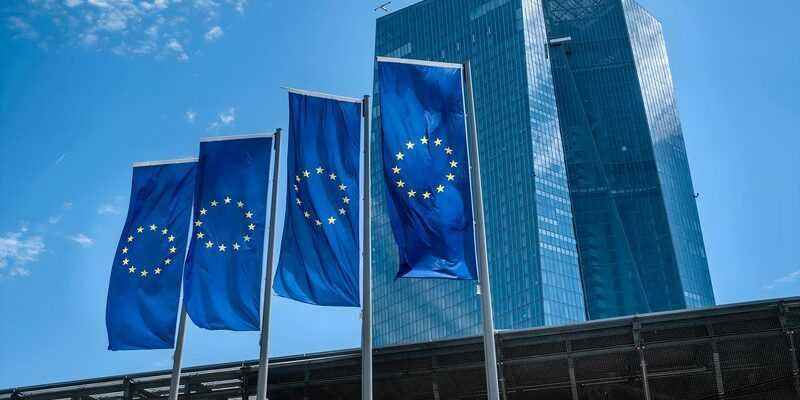Anxious to avoid a surge in financing costs for the so-called peripheral countries of the euro zone and a widening of yield differentials (“spreads”) between these countries and those deemed safer, ECB officials are also working on an agreement aimed at to help them in the bond markets if they comply with the European Commission’s rules on reforms and budgetary discipline.
The ECB is due to make its first interest rate hike in more than a decade on Thursday amid a difficult environment marked by war in Ukraine, high inflation, slowing economic growth and a political crisis in Italy. It must therefore find the right balance between the increase in the cost of credit to calm the surge in prices, while not worsening the situation of the most indebted Member States, and the risk of the economy plunging into recession.
According to the sources, who spoke on condition of anonymity due to the private nature of the discussions, the choice of a rate hike of 25 or 50 basis points is still largely open, while the ECB had indicated in June want to raise rates by just a quarter point in July.
Several central banks, like Canada’s recently, have already decided to raise their key rates by 100 basis points. The US Federal Reserve (Fed) could raise rates by three-quarters of a point next week after rising 150 basis points since March. The increased risk of recession in the euro zone, given a possible disruption of gas supplies from Russia, however, encourages some ECB officials to be more cautious in the pace of the rise in the cost of credit.
Asked, a spokesperson for the ECB did not wish to speak, taking refuge behind the institution’s duty of reserve as the publication of its monetary policy statement approached.
The euro, which rose to an almost two-week high on Tuesday, took 1.21% to $1.0264 around 11:15 GMT, while the yield on the two-year German Bund, a benchmark for the euro zone, climbed eight basis points at 0.599% after touching 0.63% in session.
If since June the ECB has been talking about a gradual increase in its rates, its president, Christine Lagarde, subsequently noted that there were “clearly conditions in which the gradual nature would not be appropriate”. Final figures published by Eurostat on Tuesday show that inflation in the euro zone reached an all-time high (+8.6% year on year) in June, as price pressures continued to spread to different sectors. The European Commission (EC) expects euro area inflation to fall to just 4.0% next year, well below the ECB’s 2% target, raising the risk that the surge in price feeds that of wages, triggering a spiral that is difficult to control.
Aid under conditions
ECB officials will also announce a new bond-buying program on Thursday, aimed at capping member states’ borrowing costs when they are deemed out of step with economic reality, as was the case in early June in Greece. , in Italy, Spain and Portugal, according to the sources. This support measure is now of paramount importance for the euro zone, Italy being plunged into political uncertainty since the resignation of Mario Draghi when the President of the Council is due to address Parliament on Wednesday.
The ECB should, however, condition its aid on compliance by the Member States, which will benefit from it, with the objectives set by the European Commission in terms of access to funds from the European Union’s Recovery and Resilience Facility (FRR), the sources said. They added that member states will also have to respect the budgetary constraints of the Stability and Growth Pact when they recover next year from a pause linked to the COVID-19 pandemic.
Some ECB officials also wanted to resort to the European Stability Mechanism (ESM), the eurozone bailout fund created in the wake of the debt crisis a decade ago, but that option is unlikely to succeed. be retained, the sources said. The final decision on the timing of the bond purchases will be taken by the ECB’s Governing Council, the sources said.
The ECB accelerated preparations for its anti-fragmentation tool in mid-June after a surge in bond market yields and premiums paid by so-called peripheral countries, as investors took note of the end of asset purchases by institution and the start of its rate hike cycle.
